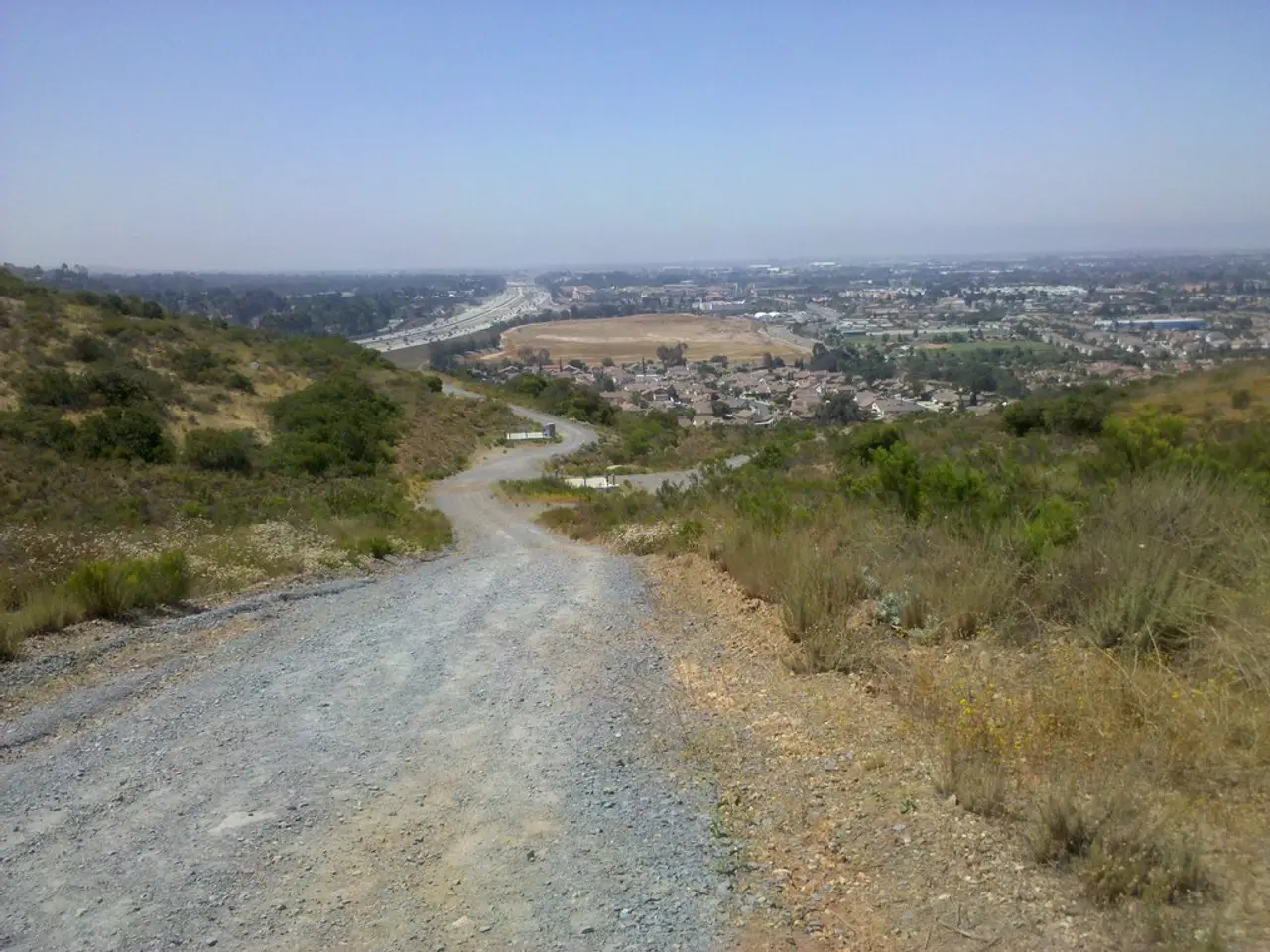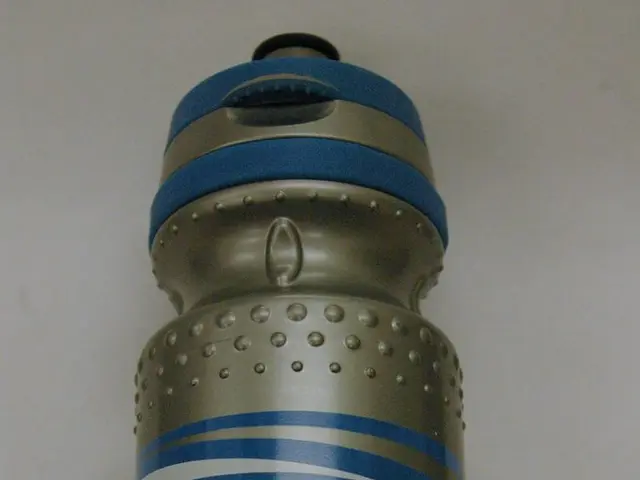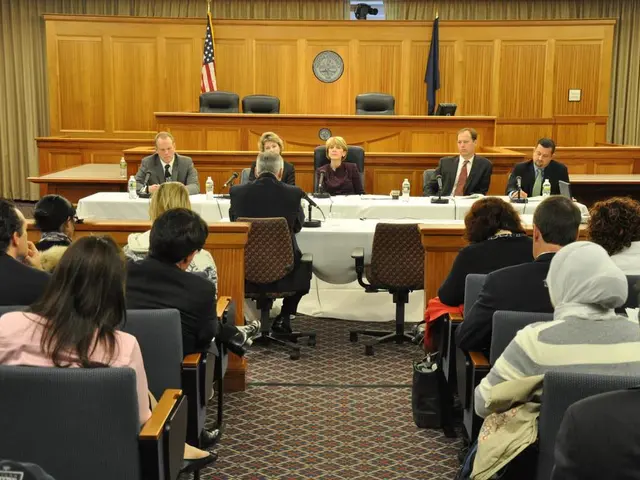Reducing Artificial Light Emissions and Preserving Natural Landscapes: Achieving LEED Green Associate Sustainable Sites Credit
The Sustainable Sites (SS) credit category in LEED (Leadership in Energy and Environmental Design) is a crucial component of the rating system, as it directly addresses reducing light pollution and discouraging development on undeveloped land.
This category emphasizes strategies that minimise the impact of the built environment on ecosystems and water resources. One of the key focuses within the SS credit category is the "Light Pollution Reduction" credit, which aims to control artificial light at night and thereby reduce disruption to surrounding ecosystems and the night sky.
Strategies encouraged by the SS credits include shielding exterior lighting and using lower-intensity lighting to minimise light pollution. By implementing these measures, projects can help preserve the night sky and reduce the disruptive impact of artificial light on nocturnal habitats.
Reducing light pollution through SS credits also has significant benefits for the wider environment. For example, it helps protect the night sky, an essential element of our natural world that is often overlooked. Additionally, it reduces the impact of artificial light on nocturnal habitats, which can help protect various species that are sensitive to light pollution.
The SS credit category also promotes the development of projects on previously developed sites. For instance, it rewards projects for selecting sites with existing development, redeveloping contaminated sites, and preserving sensitive habitat. This approach encourages the avoidance of development on prime farmland, floodplains, and habitats for threatened or endangered species.
The LEED system consists of several credit categories, each with its own focus area. Understanding the focus of each category, including the Sustainable Sites category, is essential knowledge for those preparing for the LEED Green Associate exam.
Finally, the Regional Priority (RP) credit category provides extra points for strategies that address geographically specific sustainability issues. This category complements the Sustainable Sites category by allowing projects to tailor their sustainability measures to the unique challenges and opportunities presented by their specific location.
In conclusion, the Sustainable Sites credit category plays a vital role in the LEED system by promoting sustainable development practices that minimise the impact on ecosystems and water resources, reduce light pollution, and preserve the night sky.
Read also:
- Mobility Sparks Unseen Organ: Surprisingly Active During Physical Activity
- Early Onset Puberty: Its Definition, Triggers, Risks, and Managing Strategies
- "Satanic Worship Owns the Spotlight in America: QAnon Spurring Modern Day Satanic Panic"
- Critics Among Influencers: Championing 'Natural' Birth Control Methods. Essential Information Explained








